Introduction
Accidents in FPV hobbies are common for both beginners and professionals, as a result of which something always breaks down. In his video, Rotor Riot's Drew shared his top ten tips with the community to help make FPV drone stronger and more durable. He clearly demonstrated how to protect important parts of the drone in order to prevent fatal damage in the future and thereby reduce the cost of purchasing components lost as a result of a crash, and also told how to crash correctly to minimize damage.
Andrew Camden (Drew) is a well-known personality in the global FPV community, since 2017 President of Rotor Riot, LLC, which develops and sells high-performance components for FPV drones, as well as educational and entertainment video content as part of the development of the world FPV community. Graduated from Tulane University (or Tulane University) with a BA in Engineering Physics. Prior to Rotor, Riot worked at General Motors in Detroit, Michigan, where he quickly reached the level of a systems engineer. Left a successful engineering career at GM for his favorite hobby and passion for FPV freestyle.
FPV Freestyle by Drew.
1. Choosing a Frame
Choosing the right frame is important if you want to have a durable drone. Drew recommends choosing a frame that is at least four millimeters thick, and the main body plates should not have a large number of " technical holes
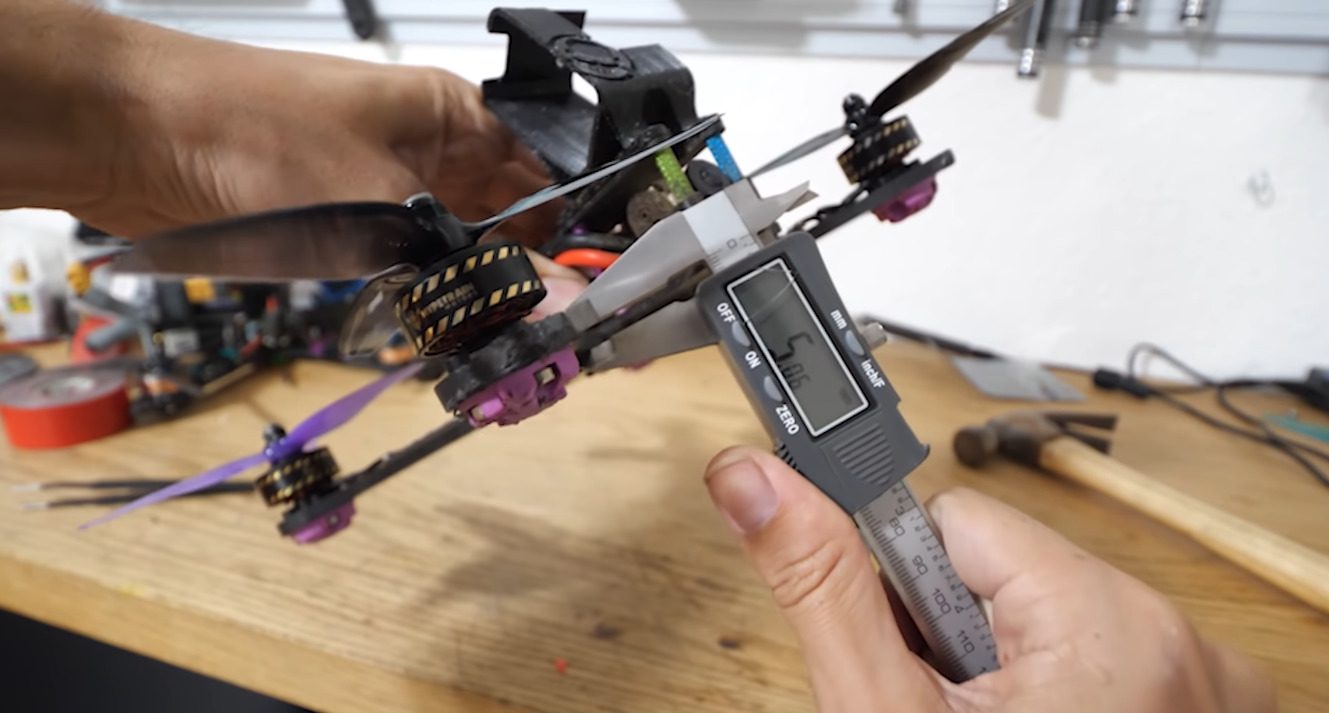
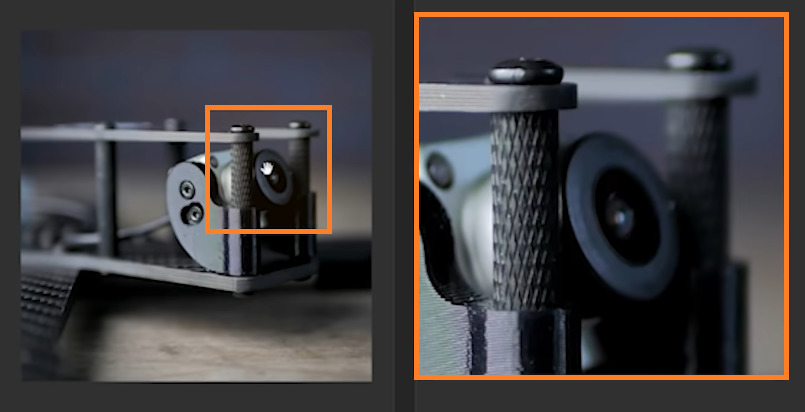
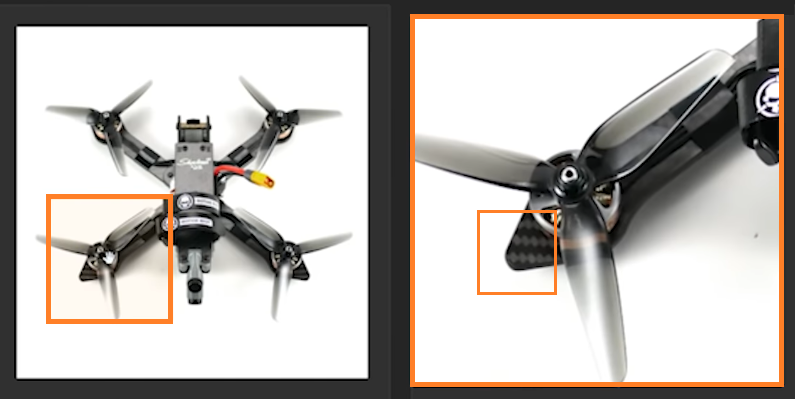
Another equally important thing to consider when choosing a frame is how good it is protects drone components. Drew mentions the presence of a mounting frame that allows the FPV camera to be mounted a little deeper into the drone, so that the lens does not protrude beyond the main frame, which in itself will protect the camera from destruction. It is also important that the beams of the frame have protrusions at the ends, which will protect the motors from direct impacts during a crash.
2. Protection of ESCs and wires
It is equally important to protect ESCs and wires, as they are often located in an open area and can be damaged by rotating blades in case of an accident. A simple solution is to use the blade of one of the props, by fixing it directly on top of the ESC and the wires, so that in the event of an accident, the blade will take all the impact on itself. But you can get confused and use a 3D printer to create protection according to your preferences.

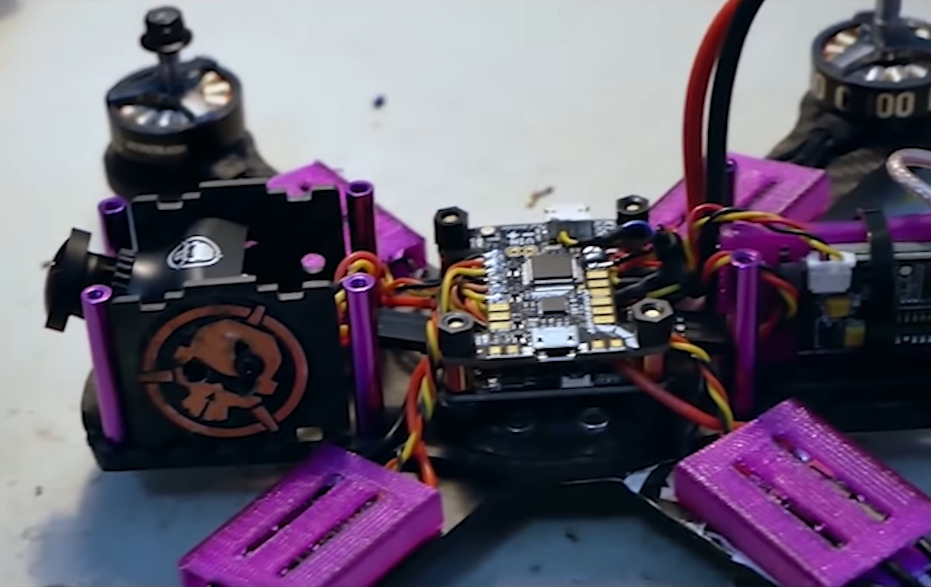
3. Antenna protection
A good way to prevent the FPV antenna from coming off is to mount it so that it sticks out of the drone only a flexible part that will accept blows of much greater force than its rigid connector.
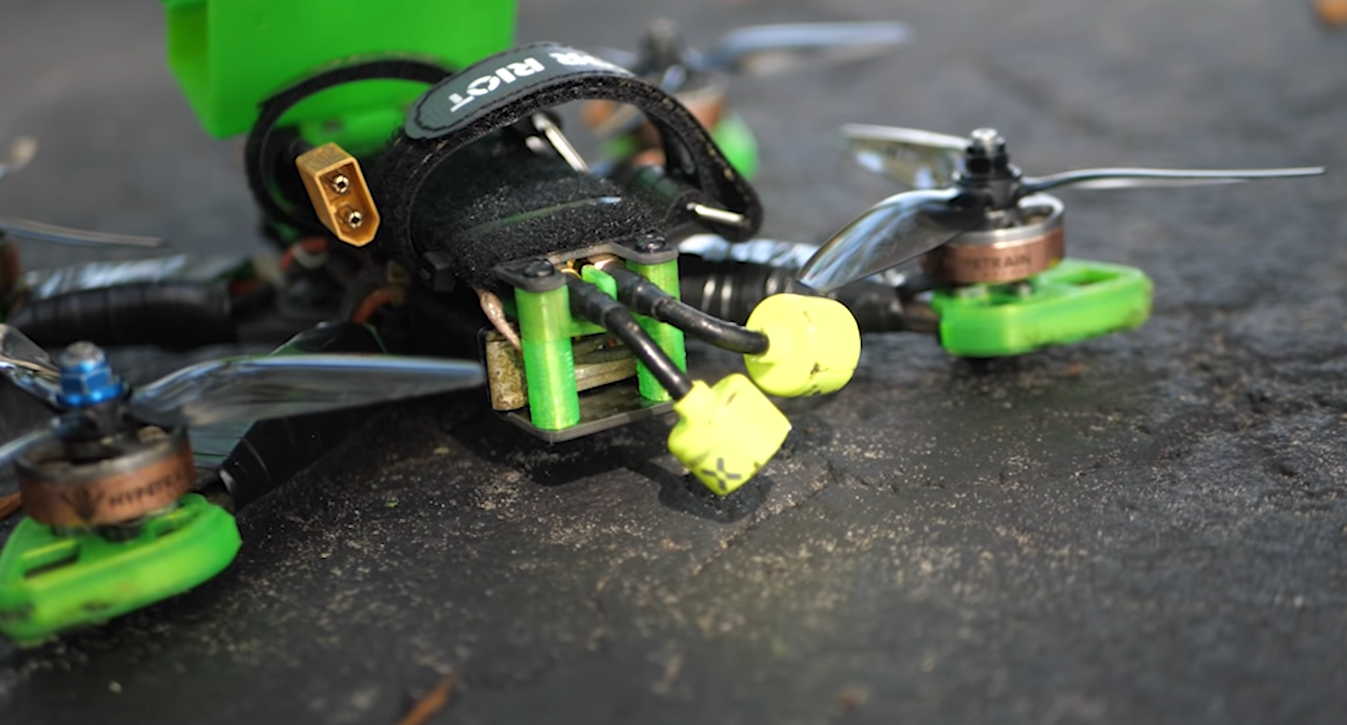
4. Protection of the upper part of the antenna
The upper part of the antenna covering the "clover" itself is quite easy to break. The easiest way to maintain the integrity of the case is to wrap it in heat shrink tubing, which will prevent the case from splitting on impact and make the top of the antenna more impact-resistant.
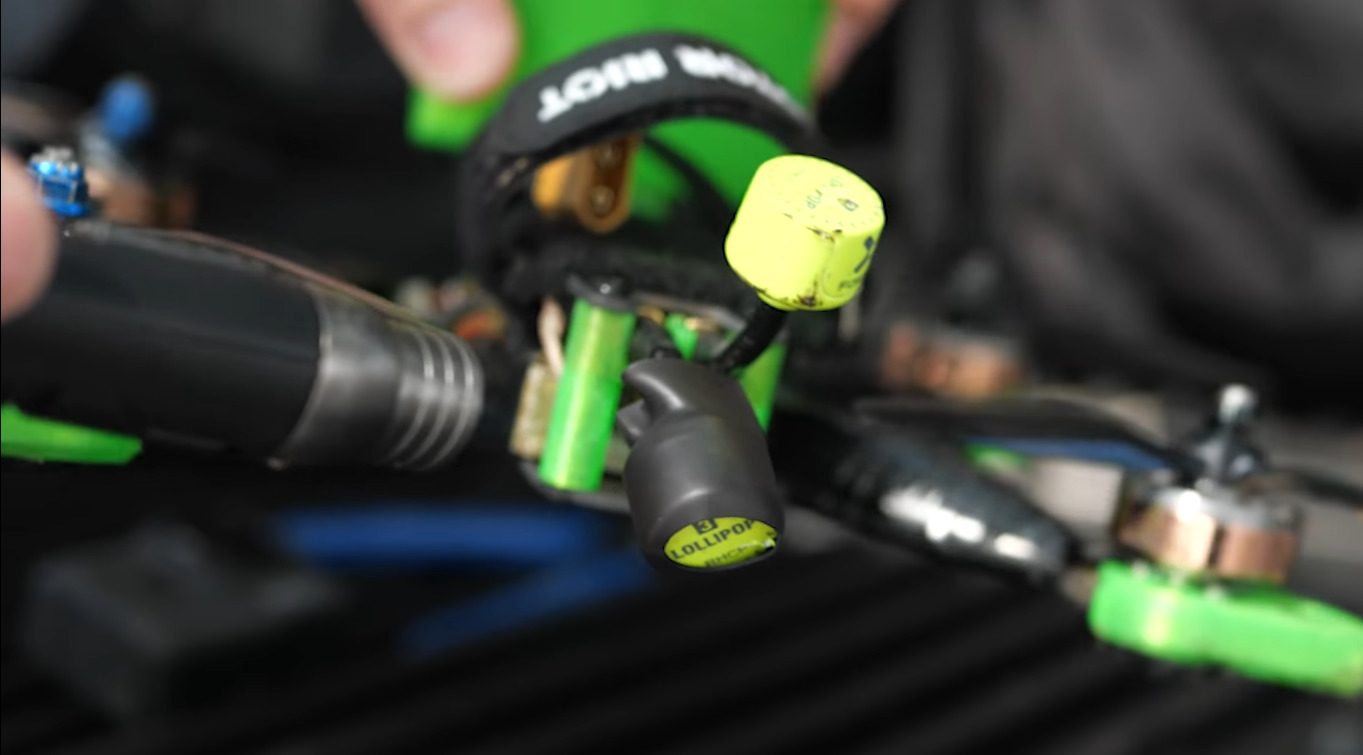
5. Preventing battery separation
One of the worst things that can happen during flight is battery separation / ejection, causing a de-energized drone to fall on the ground, which will make it difficult to find the drone in the future, since in this case the buzzer will not work. Drew has a simple tip to fix this problem, he recommends securing the battery with not one but two battery straps. This approach negates any movement of the battery during flight and thereby excludes the possibility of its separation in the event of a crash.
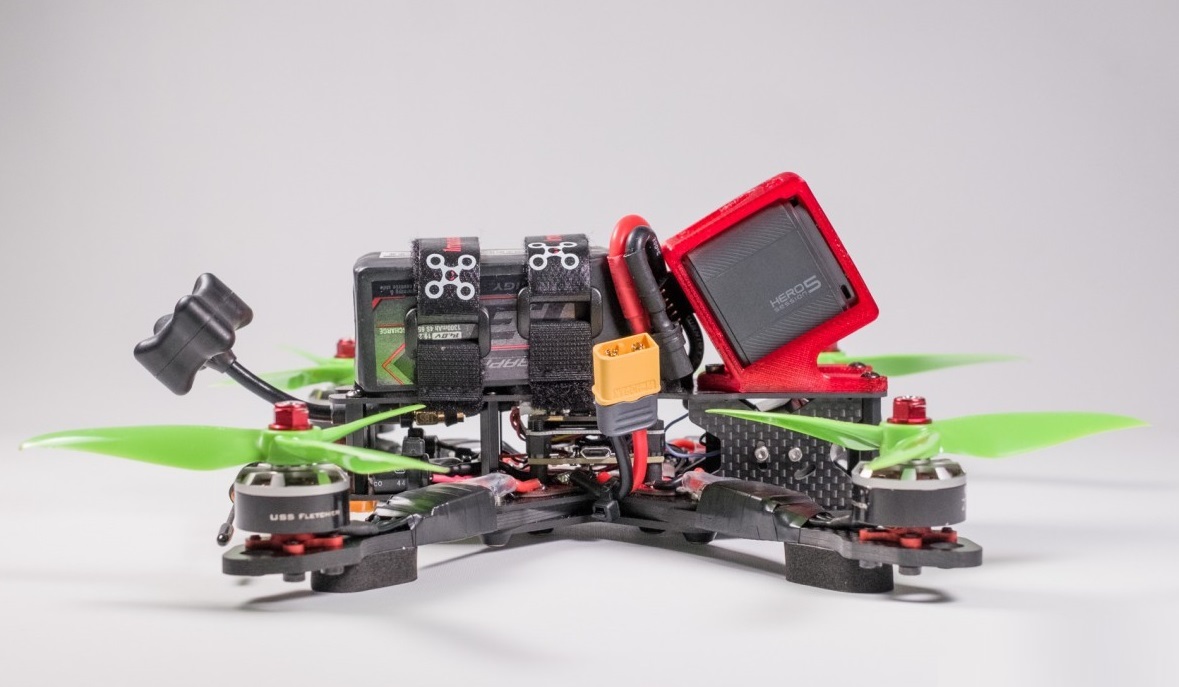
6. Correct Stack Assembly
It is important that your electronic stack is correctly assembled. Drew recommends that you avoid mounting stack boards with standard, split nylon racks, and instead use metal racks, each of which will pass through all the boards in the stack. This approach will provide greater strength and prevent the stack from falling apart in an accident.
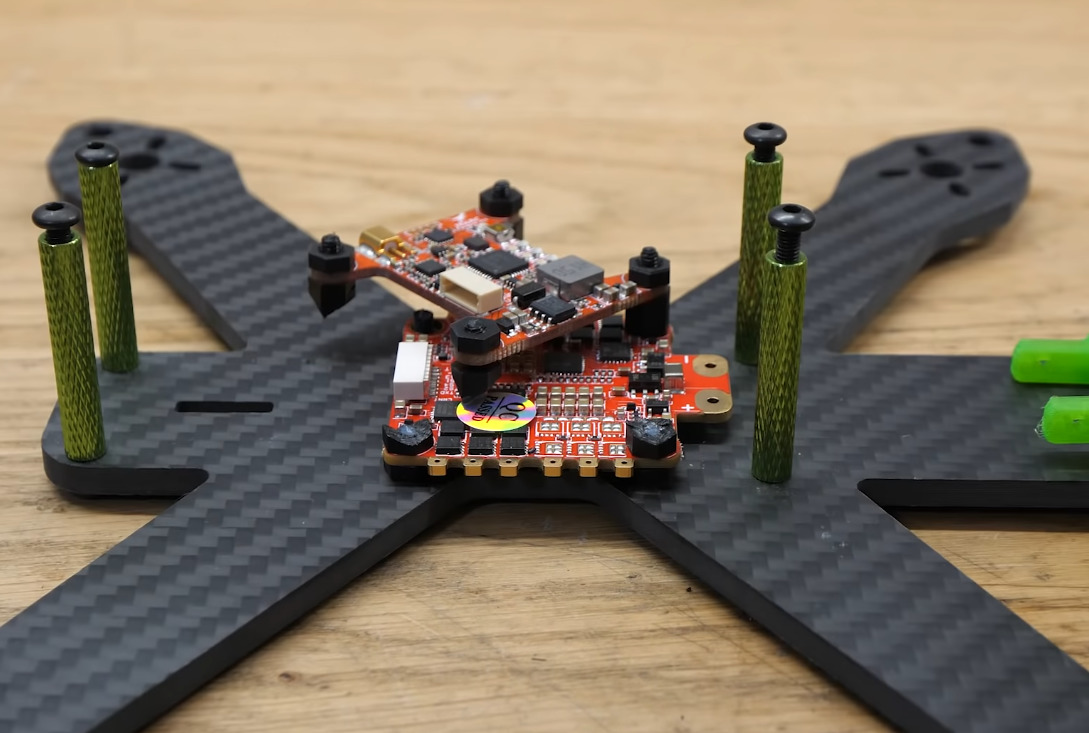
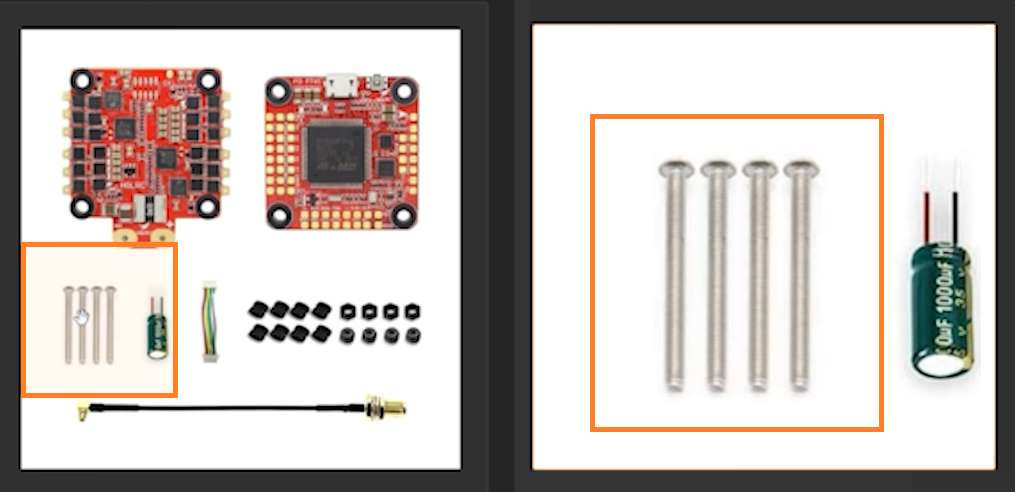
7. Soft Mounting Bushings
the stack contains rubber / silicone grommets that can absorb not only vibrations, but also shocks. The presence of such rubber bushings allows the bushings themselves to absorb most of the energy from the impact, and thereby protect the electronic part from damage and cracks.
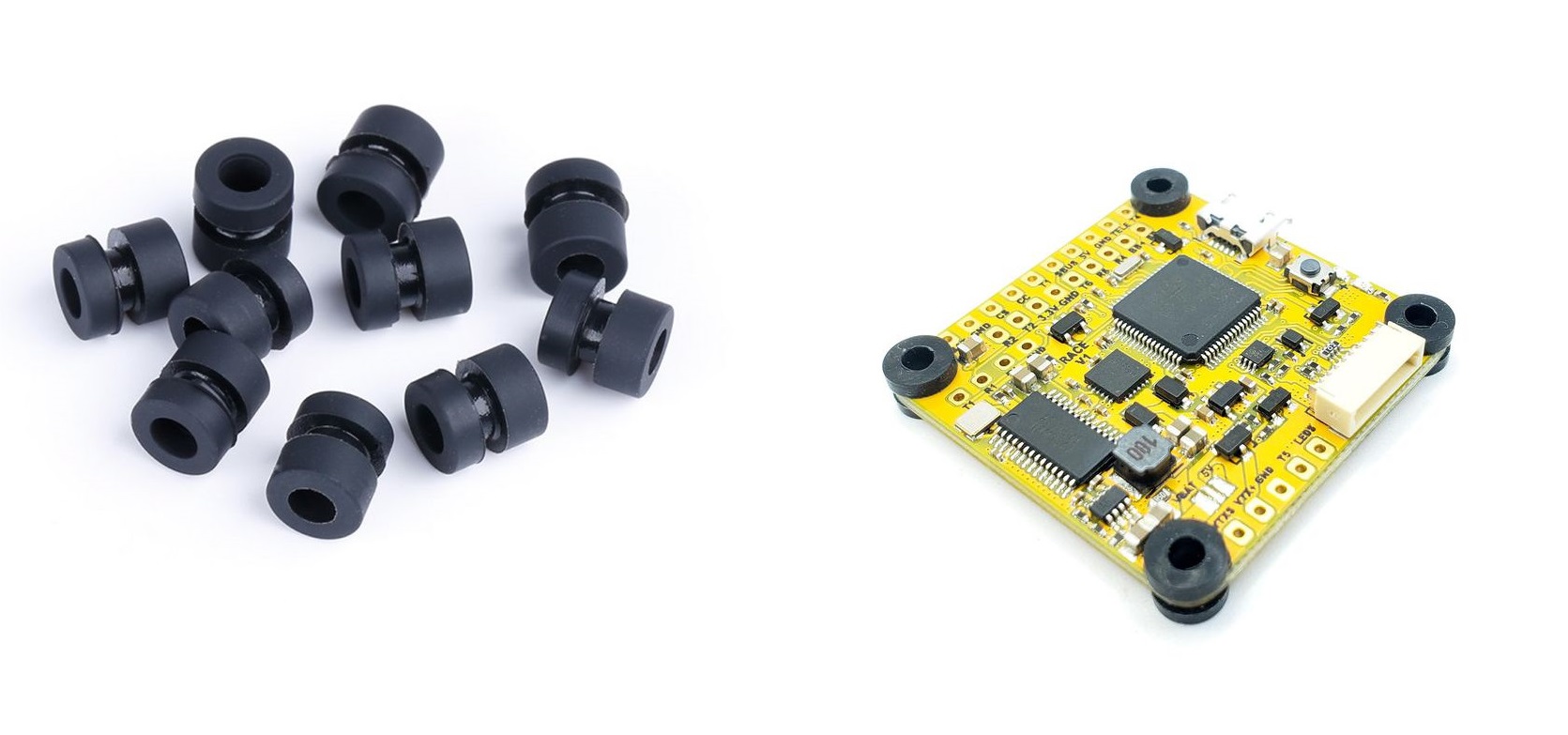
8. Bumpers
The beam ends of racing drones are the part that often touches the ground first in a crash, which quickly shortens the life of the entire frame. Drew recommends using 3D printed bumpers. A cheap consumable can significantly save on costs.
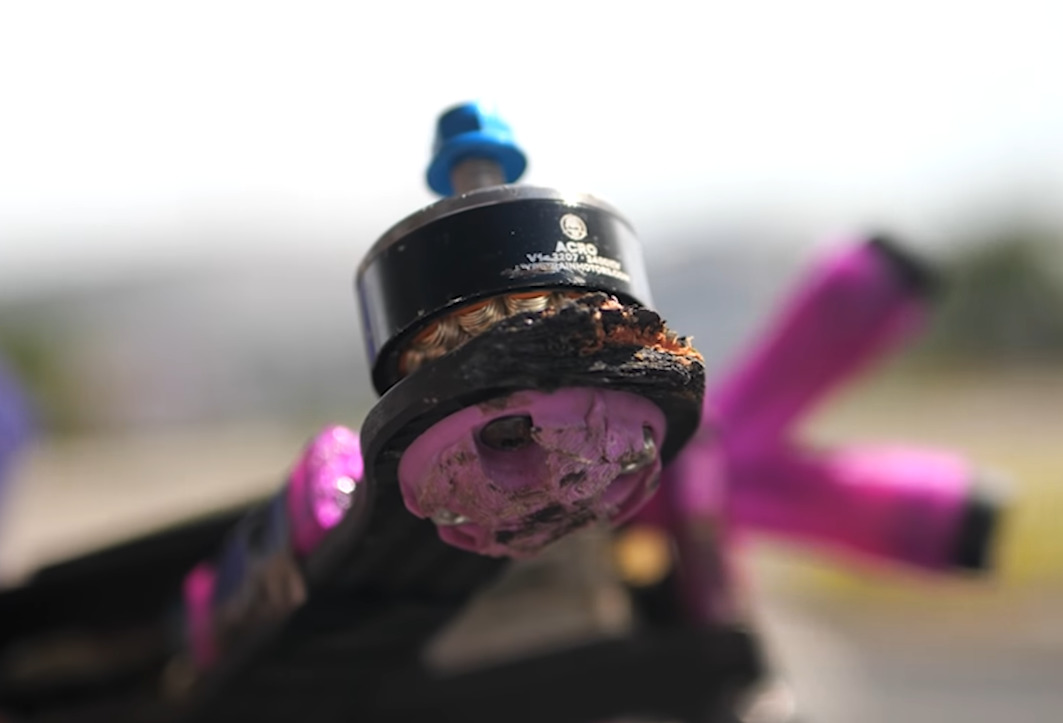
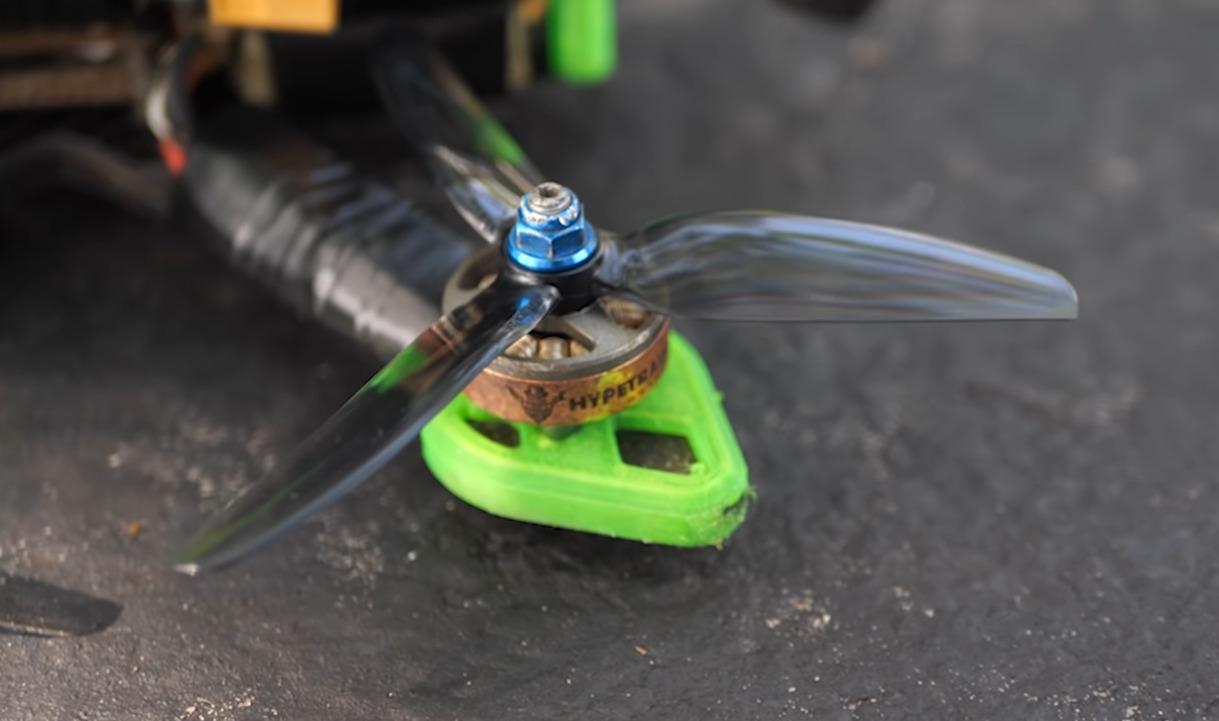
9. Landing pads or stands
Using landing pads or stands means that the bottom of your drone will not scratch or collapse from frequent contact with the ground when landing or performing a trick. They come in different types, now many people use foam pads, since this material is cheaper and significantly absorbs the negative effects of a hard landing, but such pads tend to come off quickly, which generally depends on the quality of the glue used. Drew recommends the use of rigid plastic stands, as they also protect the drone, and at the same time allow you to combine flying and sliding on the surface when performing various tricks, since the plastic is quite hard.

10. Learn to Fall Correctly
The final tip, which is slightly different from the above, but also contributes to the durability of the FPV drone, is to learn how to fall properly. Drew says that in moments when a crash is imminent, it is best to lift the nose of the drone up so that it is the bottom of the drone that crashes into the ground, not the front. This approach ensures that less damage is done and you don't have to rebuild your drone as often.
Be sure to watch the video below for a complete picture of Drew's recommendations.
.






